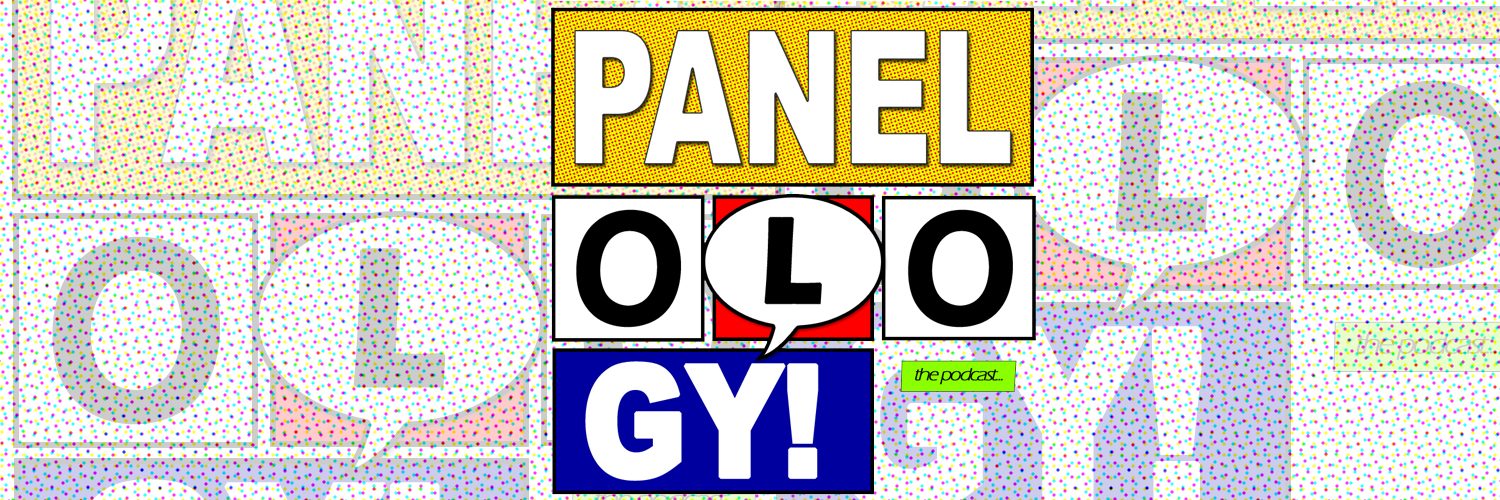In the wake of the success of Fraction, Aja, and Wu’s 2012 Hawkeye run, books about what superheroes do in their daily lives boomed in popularity and availability. One of these was a new volume of She-Hulk, which focused on Jennifer Walters as an attorney*.
At the outset of this volume, Jen finds herself walking out of the practice where she works and opening her own law office. When she quits, she loses all of her cases except one, the Blue File that her firm had taken on solely as a favor to her. The need to find clients and solve the mystery of the Blue File—a change of venue motion in which she and other heroes and villains are named as defendants, but which none of them remembers—form the narrative arcs which drive this twelve-issue run.
I am typically a fan of Charles Soule’s writing, and that holds true here as well. He balances humor and tension, preferring the latter as he digs into the book’s central mystery without abandoning the former. And Jen’s first case on her own, helping Doctor Doom’s son seek asylum in the U.S., is fantastic. What makes this book unique, however, is that Soule is not only a comic writer: he is also a practicing attorney, so when the book leans into its legal trappings, they make sense—which in turn sells Jen’s instincts as a savvy, talented attorney.
Javier Pulido serves as series artist for this run, with Ron Wimberly filling in for two issues of this trade. Their styles aren’t the most similar, but they have enough in common to not be shocking. Pulido provides visual similarities to the aforementioned Hawkeye (for which he drew two issues) and Fraction’s FF run with Mike, Lee, and Laura Allred on art duties (which co-starred Shulkie and just predated this volume of She-Hulk), where Wimberly’s art has a stylistic roughness that fits his two issues’ stranger elements. There were a few times when I bumped into the book’s art, though. Occasionally, panel flow suddenly changed direction without warning; this may have been, in part, a product of how tightly bound this trade was obscuring its gutters, but each artist had his own double-paged spread that I had to read and re-read to decipher. The colors in issue six also take a pretty significant palette shift that was distracting, although not a hindrance to reading the book.
All in all, I did enjoy this arc, and if you’re a fan of She-Hulk, I think you will too. For others, I wouldn’t dissuade you from checking this out if it sounds interesting; but in addition to the hiccups with the art, I would offer the caveat that this is the first act of a larger story, without the short-term plot resolution that typically comes at the end of a trade. If that leaves you on the fence, well…I will definitely read and report back on the second trade at some point.
*Dan Slott also spent time in the courtroom in his run on the character, but I don’t have those trades (yet), so that’ll be a conversation for another day.
Collected in
- She-Hulk, Vol. 1: Law and Disorder (#1-6)
Credits
Writer: Charles Soule | Pencilers: Javier Pulido (1-4), Ron Wimberly (5-6) | Colorists: Muntsa Vicente (1-4), Rico Renzi (5), Ron Wimberly (6) | Letterers: VC’s Clayton Cowles | Covers: Kevin Wada | Assistant Editor: Frankie Johnson | Editors: Jeanine Schaffer, Tom Brennan

